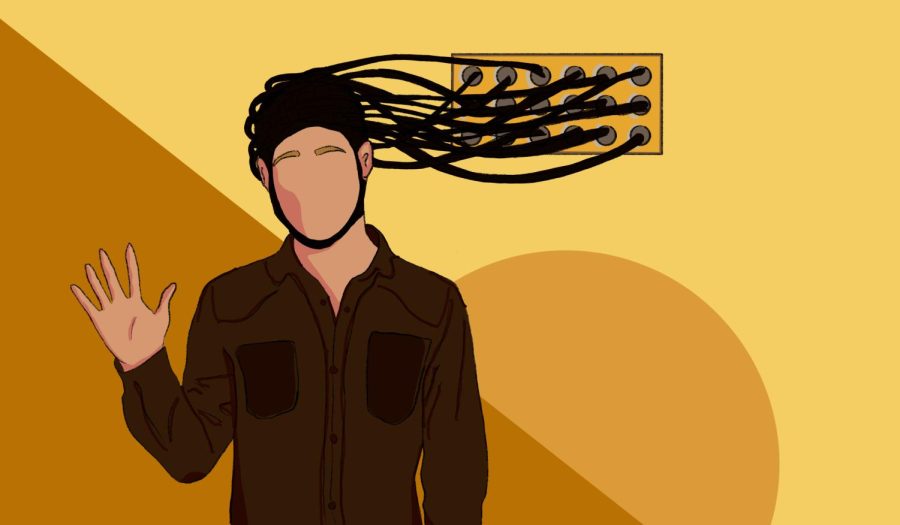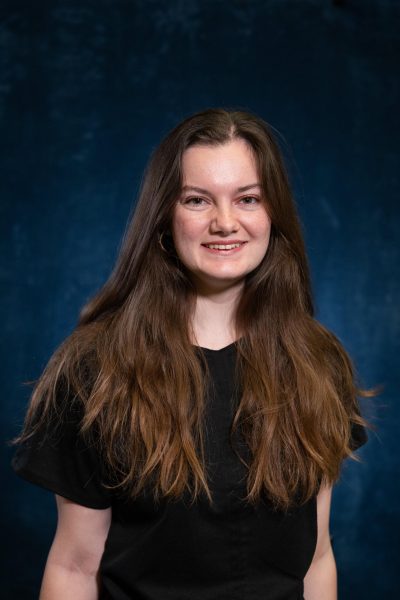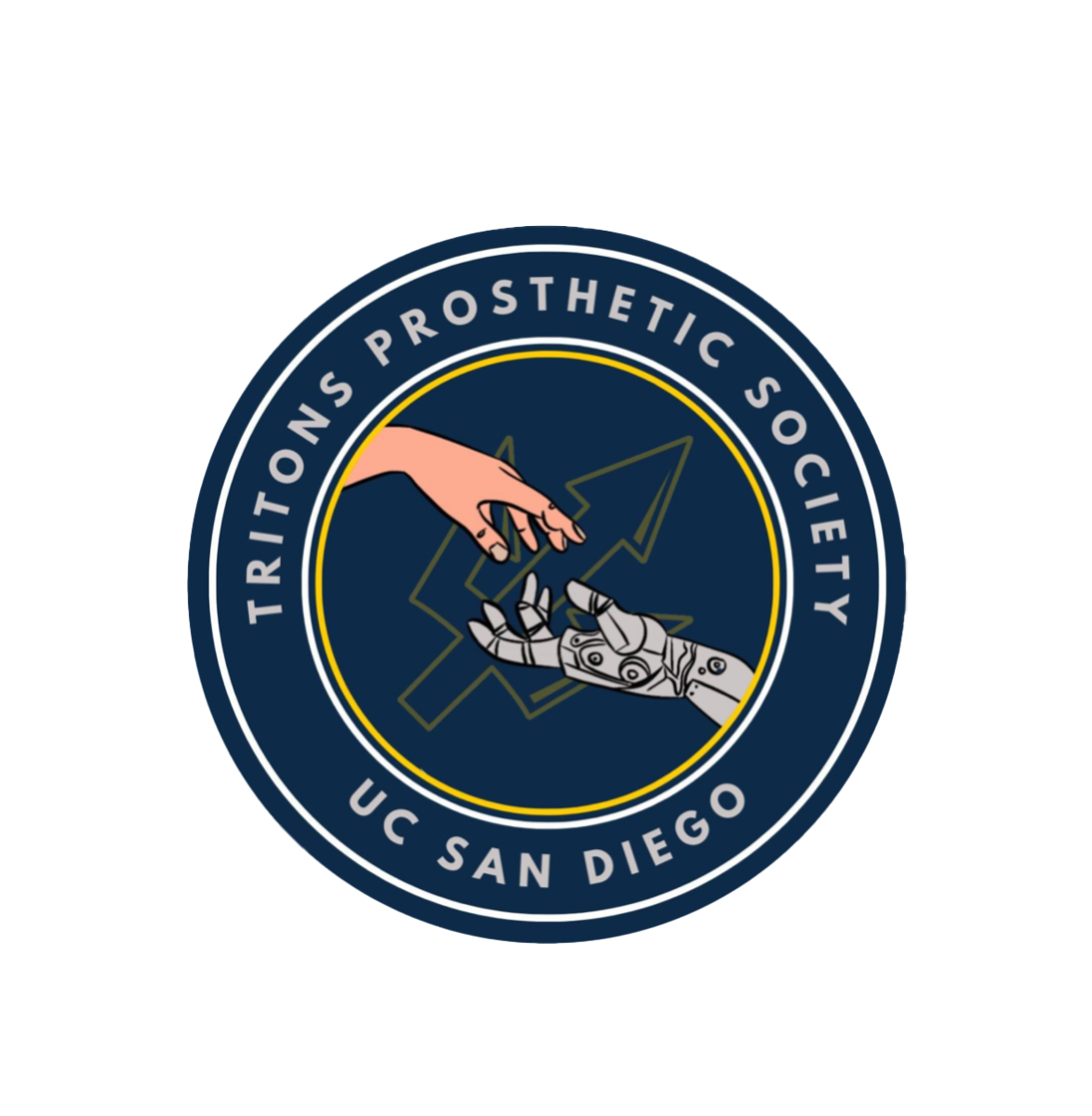UC San Diego Researchers Advance Research on Non-Invasive Brain Studies
Photo by Ava Bayley/ UCSD Guardian
May 29, 2023
A recent study published by researchers at UC San Diego showed that researchers could correctly predict a person’s hand gesture — out of three possible options — 85.56% of the time by using a process called Magnetoencephalography.
Co-author of the study and professor in the department of radiology Deborah Harrington spoke about the goals of the study.
“We sought to develop a novel deep learning model that could effectively decode different hand gestures from MEG-recorded signals from the brain,” Harrington said. “Model performance was then compared with two state-of-the-art neural network architectures and a traditional machine learning approach.”
In the study, the participants made one of three gestures from the game ‘Rock, Paper, Scissors,’ and the model would make an assessment of what gesture was being made based on the MEG.
“[MEG] is a measuring tool that measures magnetic fields of the brain,” co-author of the study, director of the MEG Center at the Qualcomm Institute and professor of radiology Roland Lee explained. “The sensors measure the very weak magnetic fields that your brain puts out.”
The study is particularly significant because it demonstrates that the non-invasive MEG procedure can be quite accurate in its readings of magnetic activity in the brain.
Harrington underscored the importance of the research regarding the accuracy of MEG in comparison with other models, which builds further credibility for MEG.
“The superior performance of our novel MEG model relative to other state-of-the-art models appears related to the integration of nearby MEG sensors spatially while simultaneously capturing temporal features associated with multiple neuronal processes, which unfold over time,” she said. “We also found that signals from more diverse brain regions than previously studied in by AI approaches optimize decoding accuracy, which advances knowledge about action representations in the human brain.”
Although MEG is evidently promising for future research, it is also a very important tool in the medical field currently, as Harrington explained.
“MEG is already a critical tool for presurgical evaluation of patients with epilepsy or localizing regions affected by brain tumors,” Harrington said. “It is also being used to evaluate patients with mild traumatic brain injuries and post-concussive symptoms for which conventional MRI techniques typically find no abnormalities.”
MEG is a process that is similar to electroencephalography; however, EEG measures electrical activity in the brain while MEG measures the magnetic activity of the brain. Because magnetic activity of the brain is very weak MEG machines need to be kept in special rooms that are isolated from other sources of magnetism like electronic devices.
Lee outlined that the readings of MEG are not as distorted by the skull as EEG is, making MEG more sensitive.
“The problem [with EEG] is the electric fields are really distorted and absorbed by the skull and everything else, your hair and your skin that absorbs electric fields and distorts them, but magnetic fields aren’t disturbed by anything except certain kinds of metal,” Lee said.
Moreover, MEG is non-invasive. The process involves the participant sitting in a chair and wearing a helmet attached to a large tank containing liquid helium.
“The helmet looks like the big old-fashioned hair dryer that ladies would go under,” Lee explained.
The fact that MEG is non-invasive is notable because one of the common ways to study specific parts of the brain is through a process called electrocorticography. ECoG involves the direct recording of electrical potentials in the brain by removing parts of the skull to place electrodes directly on the brain.
Electrical and computer engineering doctoral student Yifeng Bu described how MEG compared to ECoG.
“In our paper, we show that MEG can achieve equivalent or better performance than the ECoG, and we achieved a similar or better performance on much larger populations,” Bu said.
Because ECoG is such an invasive procedure, studies can only be done on people who are suffering from an ailment that would already warrant similar operations. However, because MEG is as simple as sitting on a chair and putting on a helmet, it has the capacity to study larger sample sizes. This is why the researchers in this study were able to have a larger sample size relative to ECoG studies, bolstering the credibility of MEG even further.
Another part of what makes this study novel is its use of AI.
“We decided to take advantage of the AI technologies and use deep learning networks,” Bu said. We use this convolutional neural network to do the task.”
Convolutional neural networks are types of deep learning AI that are especially useful in identifying patterns in data.
That being said, there continues to be a lot of potential growth for new research that can be conducted with MEG. This study and its findings have the potential to lay the groundwork for MEG to become a more commonplace tool in research and clinical fields.
“A growing community of MEG researchers are studying how neuronal processing is disrupted in other pathologies including autism, HIV-AIDS, schizophrenia, Alzheimer’s disease, and Parkinson’s disease,” Harrington said.
The location of the MEG machines is being moved from their location in Sorrento Valley to the UCSD campus in either July or August.
Editor’s Note: This article was updated May 30th at 5:22pm to correct terms related to the ECoG procedure.



















Anita Springer • Jul 7, 2023 at 2:54 am
Good post